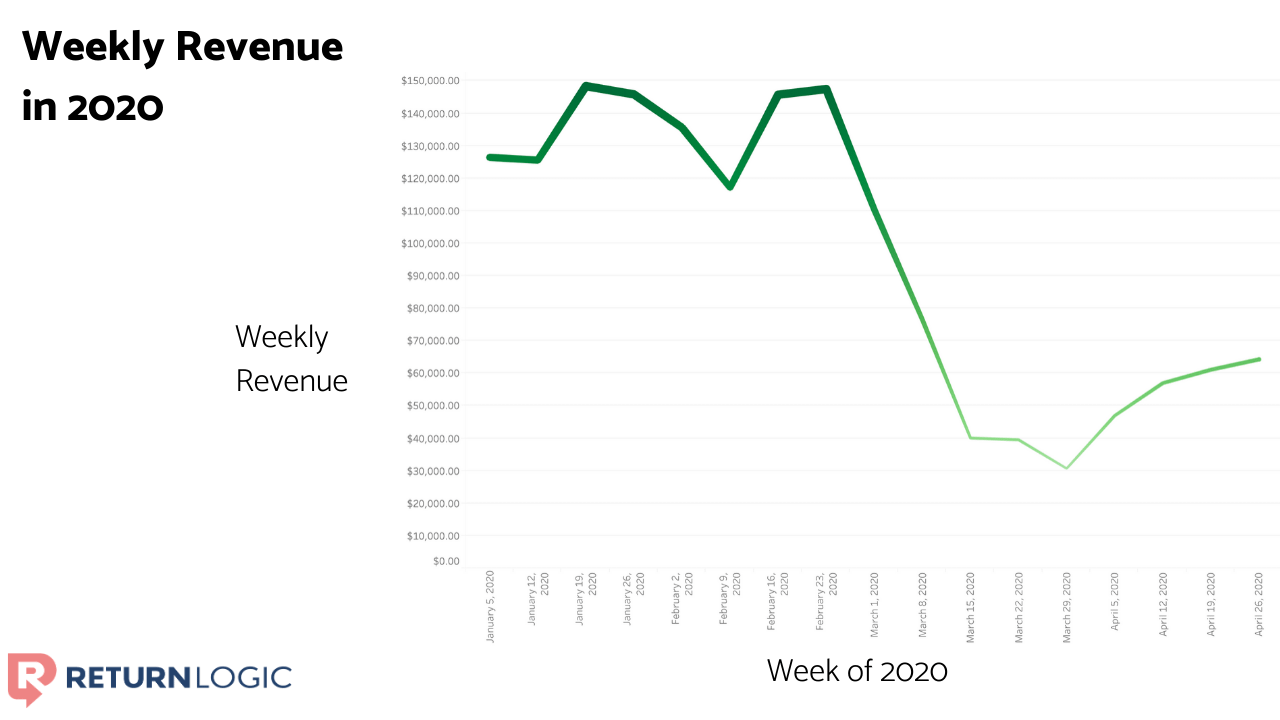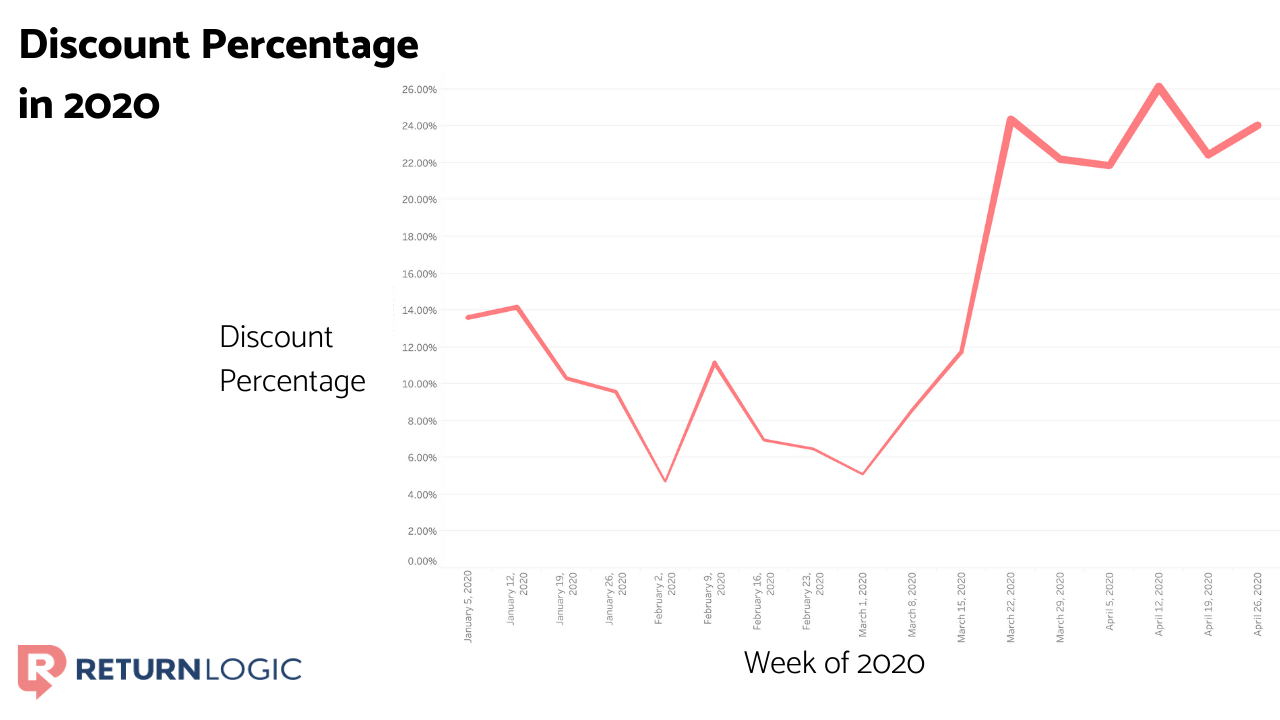How the COVID-19 Pandemic is Impacting Ecommerce

The COVID-19 pandemic has impacted Ecommerce in many ways, and as it progressed, a sense of fear and uncertainty built among people and businesses alike.
Some are fortunate enough to work from home with minimal adverse impact to their daily lives. But many have been deeply affected personally, physically, and financially by the crisis.
While ecommerce as a whole is thriving in this time, thousands of growing small businesses across the nation are besieged.
Small businesses comprise 99.7% of all companies in the US, and employee nearly 60 million people. This is more than one-third of the US working population.
But for many of these businesses, their employees are scattered, their operations grind to a halt, and the economies they depend on have grown weary.
But they stand resilient.
Breaking Down the Impact of COVID on Businesses
Regardless of size, industry, and homeland, many retailers are feeling acute pains and overwhelming pressure.
According to the National Federation of Independent Business (NFIB), over 70% of small businesses report negative impacts from COVID-19 as of March 23rd, 2020.
Of these businesses, 23% face disrupted supply chains, and 54% are experiencing slower sales.
Supply Chain
The COVID-19 Pandemic is impacting Ecommerce in the virtual and physical world. On the physical side, many Ecommerce businesses are losing the ability to fulfill orders. If their fulfillment hub is not classified as a warehouse or logistics facility, many have lost the ability to operate under current restrictions.
For the lucky few facilities that are permitted to remain open, they must be sure to comply with heightened state and federal mandates, which can be difficult.
Financial Stability
As a result of these operational obstacles, as well as a repressed economy, many retailers face immense financial insecurity as a result of COVID-19.
One retailer enjoyed $147,000 worth of sales the week of February 23rd, but only $40,000 the week of March 15th. This $107,000 decline equates to a 73% drop in sales in just 3 weeks’ time.

Revenue figures are down for many brands, but more significantly, there is no clear indication of when they may return to normal.
We have observed that the luxury and high-end apparel categories have been particularly affected by the pandemic.
The Small Business Association (SBA) is providing guidance and loan resources for small businesses across the nation.
Customer Connection
A challenge that all companies must face is how to communicate with customers, communities, partners, and other stakeholders in the midst of the pandemic.
Email inboxes are flooded with messages from companies trying to demonstrate their sympathy, but there is an immeasurably fine line between considerate and conceited.
On a larger scale, retailers must adapt to maintain a consistent but empathetic tone in all interactions. Inaction simply is not a viable option, neither is self-serving sympathy.
The Response of Ecommerce Retailers
How are retailers addressing the impact of COVID-19 on Ecommerce?
Several retailers we partner with are directly addressing the fulfillment challenges of COVID-19 to their shoppers, and greatly loosening their return policies to be more accommodating.
Lenience, compassion, and clear communication are as important now as ever.
In response to declining sales figures, apparel retailers especially have embraced offering greater discounts.
During the week of March 1st, the discount percentage for one apparel brand was 5.1% but had climbed to 24.4% in the week of March 22nd.

Ideally, these promotions should align with the current circumstances. Now is a good time to showcase products to improve the at-home experience and daily life, rather than formal or glamorous attire.
Retailers are adopting a variety of strategies to maintain relevant messaging during the pandemic.
One, in particular, called upon its own social media followers by asking what type of content they wished to see from the brand. They let individuals control the narrative and feel engaged during a time of isolation.
This level of listening and connection also limits the risk of appearing overly opportunistic.
Remember to Factor in Returns
For every batch of sales, there is a substantial percentage that is going to come back as returns. These could come in the form of refunds, exchanges, or store credits.
But the important thing to remember is that with an ecommerce return policy, you have an income liability to consider along with your revenue.
For many retailers, this liability hovers in the tens of thousands of dollars.
In these uncertain times, it is more important than ever to track every dollar, both in and out. Ecommerce on the whole is doing very well right now, but be cautious.
When buyer’s remorse is combined with a sudden change in discretionary income levels, you have a serious liability to consider.
One way to alleviate this liability is to adjust your return policy during your discounting campaigns. This way your shoppers benefit from a great deal, you’re able to move your inventory, and you’re protected from an inflated return liability.
The Path Forward
Ecommerce is driven by idealists and independent thinkers. People who come together as businesses and as partners because they know they are doing something that’s truly exceptional.
These communities can make it on their own, despite the physical, logistical, and financial impacts of the COVID-19 pandemic on Ecommerce.
The beauty of Ecommerce is its ability to cultivate these growing businesses. And they are here to stay.



